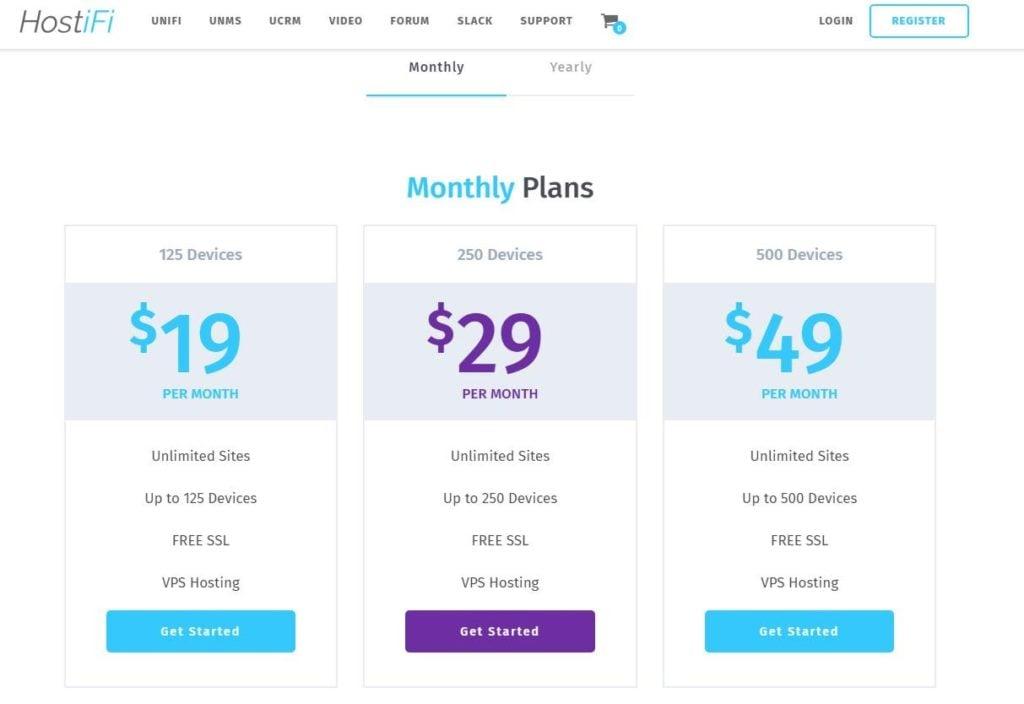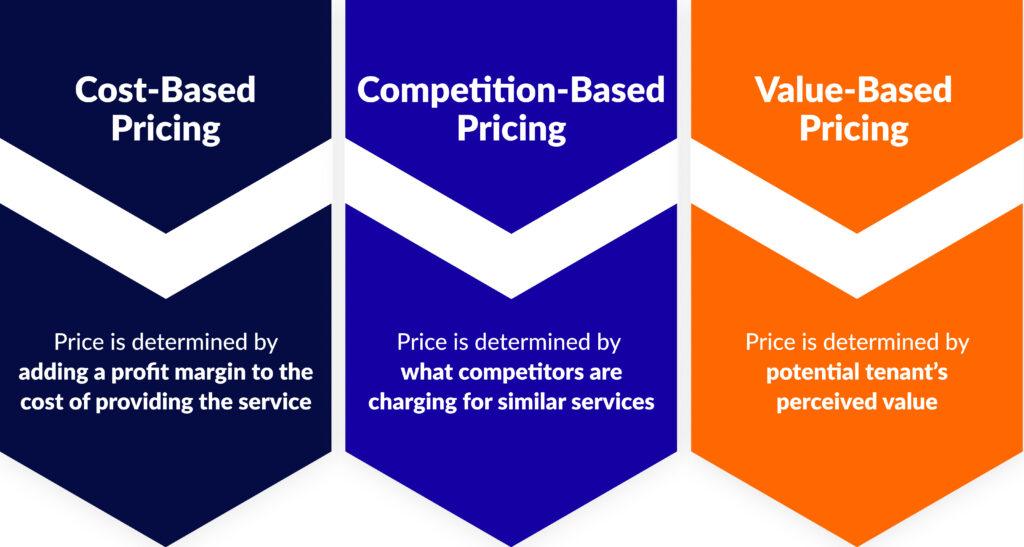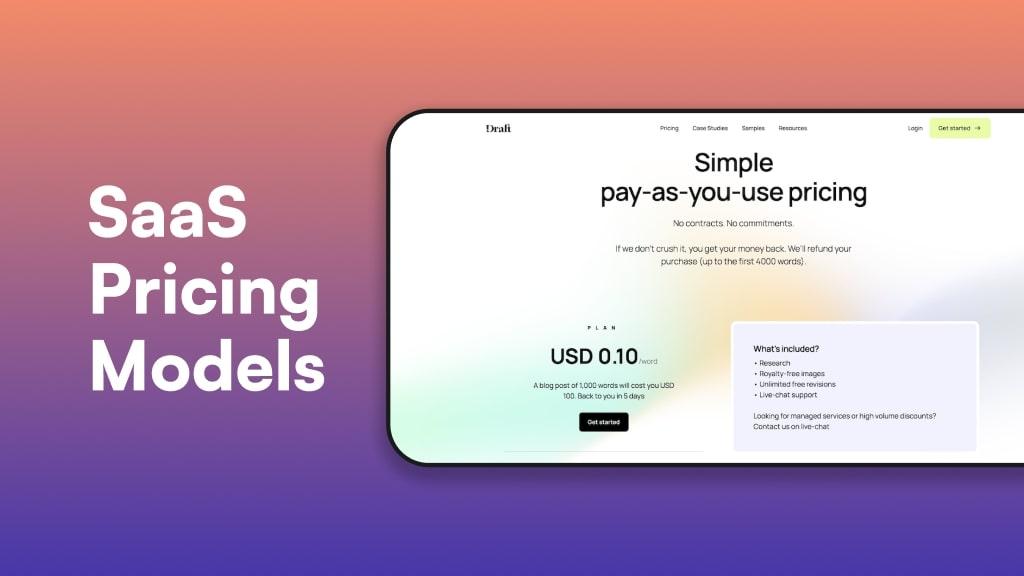In an increasingly digital world, Software as a Service (SaaS) has emerged as a linchpin for businesses seeking flexibility, scalability, and innovation. Yet, amid the rising tide of subscription-based solutions, one question looms large: how do you choose the right pricing model that aligns with your unique needs and business objectives? Welcome to the intricate world of SaaS pricing models—a landscape that is as diverse as the solutions it offers. From tiered pricing structures to usage-based fee systems, the spectrum of options can be both overwhelming and enlightening. In this comprehensive guide, we will decode the various SaaS pricing models, demystifying their mechanisms, benefits, and potential pitfalls. Whether you’re a startup evaluating your first software investment or an established enterprise looking to optimize your existing subscriptions, understanding these models is crucial for making informed decisions that can drive growth and enhance value. Join us as we navigate this complex terrain, empowering yourself with the knowledge needed to unlock the true potential of your SaaS investments.
Understanding the Types of SaaS Pricing Models and Their Unique Benefits
In the realm of Software as a Service (SaaS), the pricing model you choose can significantly influence customer acquisition and retention. Essentially, there are several primary models that cater to different business needs and user preferences. Among these models, you’ll find:
- Subscription-Based Pricing: This is the most common model, where users pay a recurring fee (monthly or annually) for access to the software. It provides predictable revenue for companies and a stable usage environment for customers.
- Freemium Model: Here, basic features are offered for free, with premium capabilities available for a fee. This allows users to experience value before making a purchase decision.
- Usage-Based Pricing: Customers pay according to their usage of the software. This model suits organizations with fluctuating needs, as they only pay for what they consume.
- Tiered Pricing: This model offers different packages at varying price points, catering to different levels of usage or feature access. It enables customers to choose a plan that best suits their needs.
When considering a pricing strategy, it’s essential to assess the unique benefits of each model. For instance, the subscription-based model fosters long-term customer relationships while elevating cash flow stability. The freemium model increases user acquisition, leveraging network effects and word-of-mouth as users convert to paid plans after experiencing the benefits. Meanwhile, usage-based pricing aligns costs with customer success, as businesses only pay for resources consumed, promoting satisfaction and loyalty. Lastly, tiered pricing can maximize customer segmentation and upsell opportunities, making it easier for businesses to cater to diverse client needs while optimizing revenue streams.

Navigating Value-Based Pricing: Aligning Costs with Customer Expectations
In today’s competitive SaaS landscape, leveraging value-based pricing is essential for aligning your offerings with customer expectations and maximizing satisfaction. This approach focuses on understanding the unique value your software brings to its users, allowing you to tailor pricing strategies that reflect the perceived benefits. To effectively employ value-based pricing, organizations need to conduct thorough market research and gather feedback from existing customers. This information can help identify the key features and functionalities that resonate most with users, ensuring that pricing tiers are adjusted based on the actual utility provided.
When determining your pricing model, consider the following key elements to enhance customer alignment:
- Customer Segmentation: Identify different user personas and their specific needs.
- Feature Prioritization: Highlight the most valuable features and services that justify pricing.
- Transparent Communication: Clearly articulate the value proposition associated with each pricing tier.
- Regular Reevaluation: Periodically assess customer feedback and market trends to adapt pricing accordingly.
By systematically aligning your pricing with customer expectations, you not only improve retention but also encourage potential users to see the tangible value in your software, fostering loyalty in a crowded market. To illustrate this concept, consider the following table that highlights how features can drive pricing strategies across various customer segments:
| Customer Segment | Key Features | Perceived Value | Price Tier |
|---|---|---|---|
| Startups | Basic analytics, Limited integrations | Cost efficiency, Easy onboarding | Basic |
| Small Businesses | Advanced analytics, Multiple integrations | Scalability, Enhanced collaboration | Standard |
| Enterprises | Custom solutions, Priority support | High customization, Dedicated account management | Premium |

Optimizing Subscription Strategies: Finding the Balance Between Flexibility and Profitability
In today’s competitive landscape, subscription-based SaaS businesses must navigate the delicate balance between offering flexibility and ensuring profitability. Customers are increasingly seeking plans that cater to their unique needs—this includes personalized billing cycles, tiered features, and adaptable user limits. To meet these demands, providers should consider implementing data-driven strategies that allow for adjustments in subscription tiers based on user behavior and engagement metrics. Such an approach not only enhances customer satisfaction but also fosters loyalty, which is crucial in reducing churn rates.
Moreover, pricing strategies can greatly influence customer acquisition and retention. It is essential to adopt models that promote value perception while also maximizing revenue potential. Businesses may explore various pricing tiers or bundling options, such as:
- Freemium Models – Attract users with basic features for free, then upsell premium functionalities.
- Usage-based Pricing – Charge customers based on their actual usage, allowing flexibility for varying needs.
- Annual vs. Monthly Plans – Offer discounts for longer commitments to encourage upfront payments.
Through a combination of market analysis and customer feedback, SaaS companies can develop a pricing strategy that is both agile in meeting customer expectations while simultaneously driving sustainable revenue growth.

Future Trends in SaaS Pricing: Preparing for the Next Wave of Innovations
The SaaS landscape is continually evolving, and with it comes the necessity to adapt pricing strategies that align with emerging customer preferences and technological advancements. As subscription-based services gain traction across industries, organizations must anticipate shifts in consumer behavior, which may lead to innovative pricing models. Future trends indicate a rise in usage-based pricing, where customers are charged based on their actual consumption rather than flat-rate fees. This approach offers flexibility and can foster a stronger connection between the value derived from a service and the cost incurred, making it increasingly attractive to users who seek predictable expenses aligned with their growth. Additionally, tiered pricing structures will likely become more nuanced, allowing companies to cater to diverse segments by providing customized features that match varying business needs.
Moreover, as competition intensifies, transparency in pricing will be paramount. Customers today demand clarity on costs and the value they receive. Consequently, expect to see increased adoption of value-based pricing, which bases costs on the perceived value to the customer rather than just the cost of service delivery. Furthermore, the integration of artificial intelligence and machine learning will play a pivotal role in dynamic pricing strategies, where algorithms adjust prices in real-time based on demand fluctuations and user interactions. This proactive pricing method could ultimately enhance customer satisfaction while maximizing revenue. Preparing for these future trends will not only ensure sustainability but also position SaaS providers at the forefront of innovation in an ever-changing market.
To Conclude
As we wrap up our exploration into the multifaceted world of SaaS pricing models, it’s clear that businesses have a wealth of options to consider. From tiered structures to pay-as-you-go approaches, each model presents unique advantages and challenges that can significantly impact both revenue and customer satisfaction.
Understanding the nuances of these pricing strategies is not just about selecting a number; it’s about aligning your offerings with the needs of your target audience while nurturing growth and innovation. By decoding the spectrum of SaaS pricing models, you’re better equipped to make informed decisions that enhance your business’s competitive edge and foster deeper customer relationships.
As the SaaS landscape continues to evolve, staying attuned to emerging trends and customer feedback will be essential in refining your pricing strategy. Remember, the right model isn’t simply about maximizing profit; it’s about creating value for your customers and setting the stage for long-term success. Armed with this comprehensive guide, you are now ready to navigate the intricate pricing waters of SaaS with confidence and clarity.



